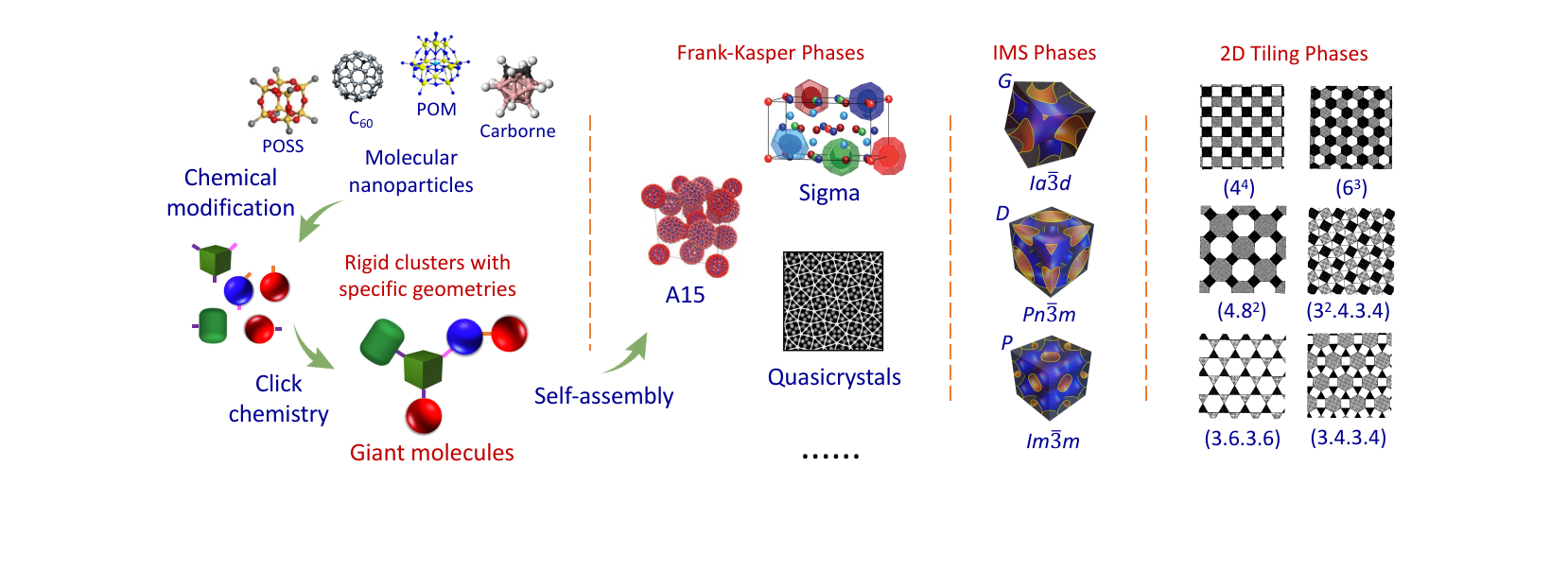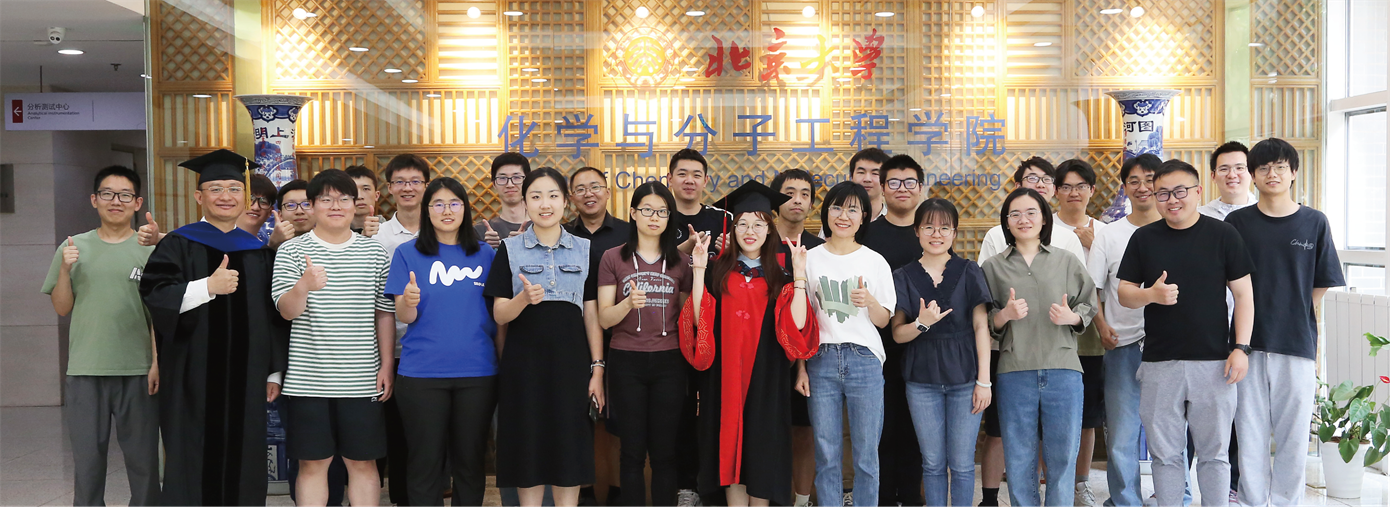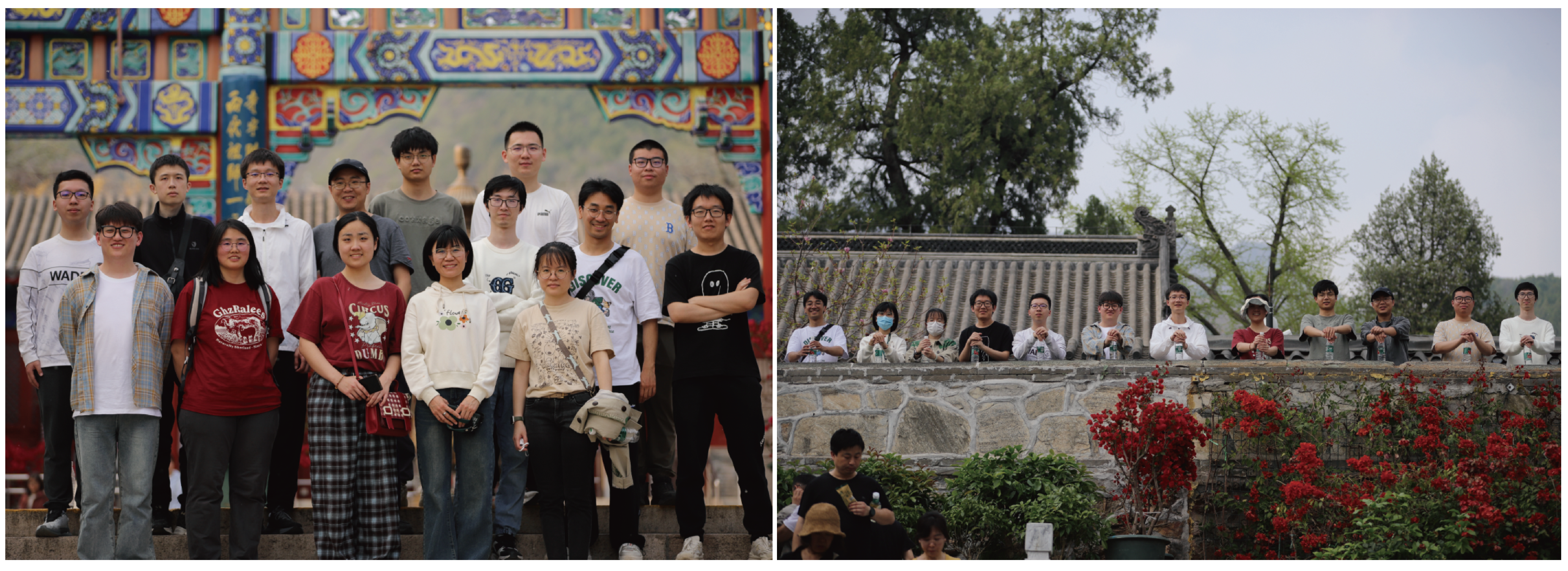Quotes
----------------------------------------------
-----------------------------------------------
在科学上没有平坦的大道,只有那些不畏艰险沿着陡峭山路攀登的人,才有希望达到光辉的顶点。
----马克思
-----------------------------------------------
Research Projects
Collaborations
------------------------------------------
请有兴趣的研究组联系我们。欢迎任何形式的合作,尤其是在自组装、水凝胶以及生物医药等方向的合作。
------------------------------------------
请有兴趣的研究组联系我们。欢迎任何形式的合作,尤其是在自组装、水凝胶以及生物医药等方向的合作。
------------------------------------------
Publications
34. Facile Synthesis and Photophysical Properties of Sphere-Square Shape Amphiphiles Based on Porphyrin-[60]Fullerene Conjugates. Chem.-Asian J. 2013, 8, 947-55
Posted on:2016-04-27
Wang, C.-L.; Zhang, W.-B.; Yu, X.; Yue, K.; Sun, H.-J.; Hsu, C.-H.; Hsu, C.-S.; Joseph, J.; Modarelli, D. A.;* Cheng, S. Z. D.* Facile Synthesis and Photophysical Properties of Sphere-Square Shape Amphiphiles Based on Porphyrin-[60]Fullerene Conjugates. Chem.-Asian J. 2013, 8, 947-55. [Link] [PDF]

Abstract
Molecules constructed from a combination of zero-dimensional ([60]fullerene (C60)) and two-dimensional (porphyrin (Por)) nanobuilding blocks represent an intriguing category of sphere–square “shape amphiphiles”. These sphere–square shape amphiphiles possess interesting optoelectronic properties. To efficiently synthesize a large variety of C60–Por shape amphiphiles, a facile route based on Steglich esterification was developed. The synthetic strategy enables the preparation of hydroxy-functionalized Por precursors () with high purity in a one-pot procedure. All of the C60–Por shape amphiphiles () can be readily synthesized in good yields through subsequent Steglich esterification with a highly soluble carboxylic acid derivative of methanofullerene (). Photophysical studies indicated weak electronic coupling between the C60 and Por moieties and suggest an edge-to-face alignment for the moieties. The fluorescence of electronically excited Por portions of each amphiphile was efficiently quenched, which was indicative of electron transfer from 1Por to the C60 group(s). Increasing the number of C60 groups on the shape amphiphiles led to more pronounced quenching of the Por fluorescence, which indicated the potential for more effective generation of charge-separated species, C60−.Por+., from the photoexcited C60–Por shape amphiphiles.






